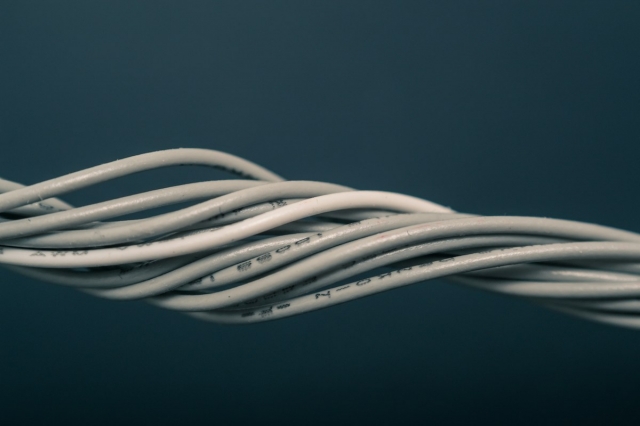A Step-by-Step Guide to Electrical Safety at Home
Electricity is an essential part of modern living, but improper use or faulty electrical systems can pose serious risks, including fires, shocks, and damage to appliances. Following electrical safety guidelines at home ensures the protection of your family and property. Here's a step-by-step guide to maintaining a safe electrical environment in your home.
Step 1: Regularly Inspect Electrical Wiring and Outlets
- Check all electrical cords for signs of wear, fraying, or cracking. Replace damaged cords immediately.
- Inspect outlets for discoloration, loose connections, or burning smells, which could indicate overheating.
- Ensure all outlets and switches are securely fastened to the wall and have proper cover plates to prevent exposure to wiring.
Step 2: Avoid Overloading Circuits
- Plugging too many devices into one outlet or power strip can cause overheating and increase the risk of electrical fires.
- Use surge protectors for sensitive electronics and avoid daisy-chaining multiple power strips together.
- If breakers frequently trip or fuses blow, consult an electrician to assess your home's electrical load.
Step 3: Keep Electrical Devices Away from Water
- Never use electrical appliances near water sources, such as sinks, bathtubs, or pools.
- Ensure hands are dry before handling electrical switches, plugs, or appliances.
- Install Ground Fault Circuit Interrupter (GFCI) outlets in bathrooms, kitchens, and outdoor areas to prevent shocks.
Step 4: Use the Right Wattage for Light Fixtures
- Always use light bulbs with the recommended wattage for each fixture to prevent overheating.
- If unsure, opt for lower-wattage LED bulbs, which are more energy-efficient and generate less heat.
Step 5: Unplug Appliances When Not in Use
- Unplugging appliances when they're not in use prevents unnecessary energy consumption and reduces the risk of electrical hazards.
- For convenience, consider using smart plugs or timers to turn off appliances automatically.
Step 6: Childproof Electrical Outlets
- If you have young children, install tamper-resistant outlet covers to prevent them from inserting objects into sockets.
- Teach children about electrical safety and the dangers of playing with cords and outlets.
Step 7: Ensure Proper Use of Extension Cords
- Extension cords should only be used temporarily, not as a permanent wiring solution.
- Avoid running extension cords under carpets, rugs, or doorways, as this can cause overheating and potential fire hazards.
- Use heavy-duty, outdoor-rated extension cords for outdoor appliances.
Step 8: Test Smoke Alarms and Carbon Monoxide Detectors
- Install smoke alarms and carbon monoxide detectors on every level of your home and inside sleeping areas.
- Test alarms monthly and replace batteries at least once a year to ensure they function properly.
Step 9: Hire a Licensed Electrician for Repairs and Upgrades
- If you experience frequent electrical problems, such as flickering lights or tripped breakers, consult a licensed electrician.
- Never attempt DIY electrical work unless you have the proper knowledge and expertise.
- If your home is older, consider an electrical inspection to ensure wiring is up to code and capable of handling modern electrical demands.
Conclusion
Following these electrical safety steps helps prevent potential hazards and ensures the safety of your household. Regular inspections, proper use of appliances, and professional maintenance are key to maintaining a safe and efficient electrical system at home. If you suspect any electrical issues, always seek professional assistance rather than attempting risky DIY fixes.






